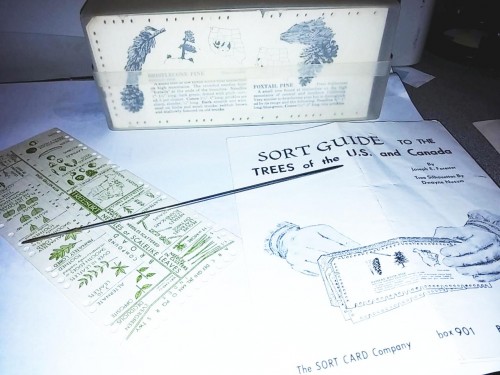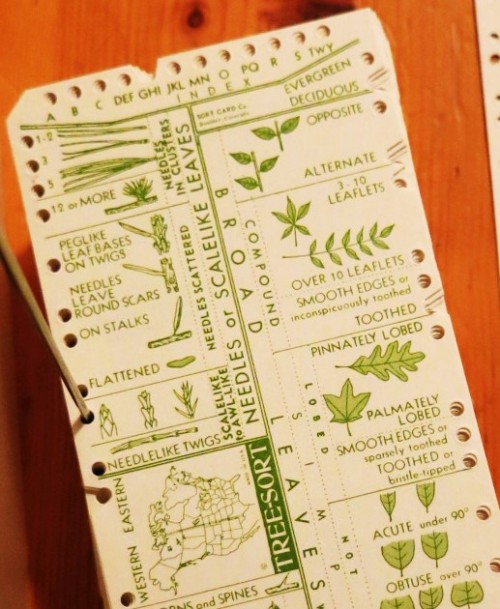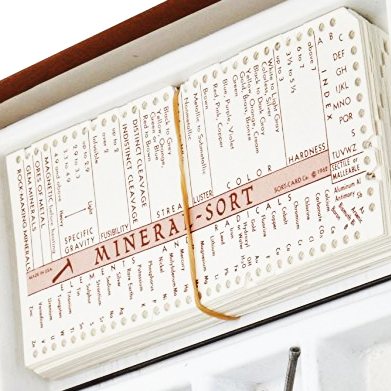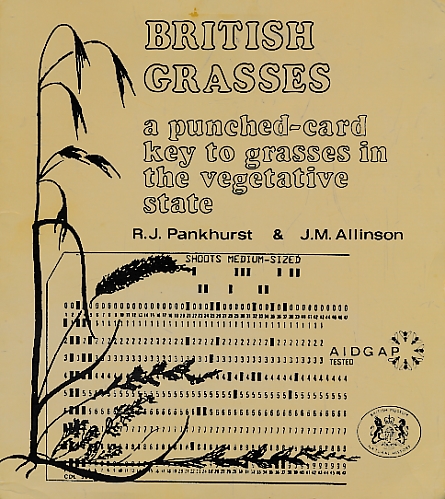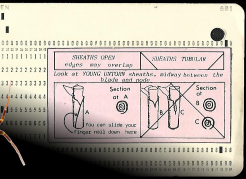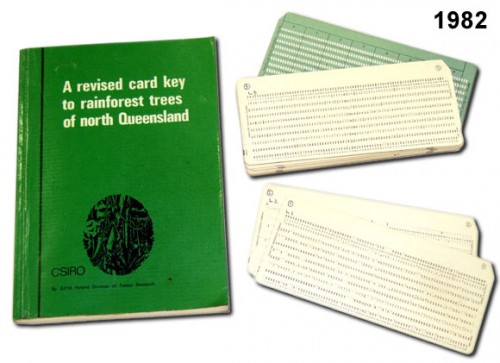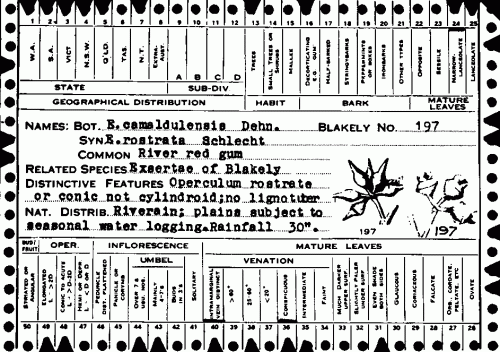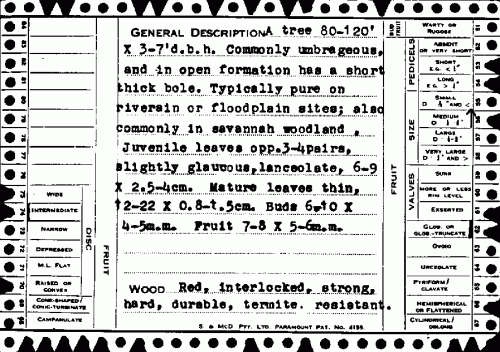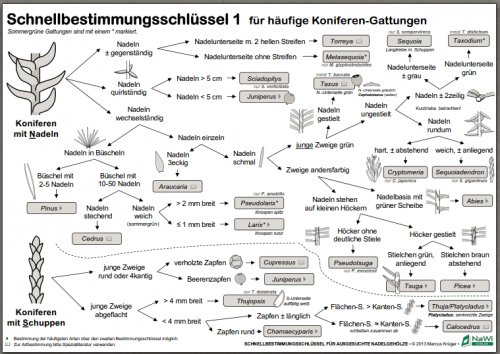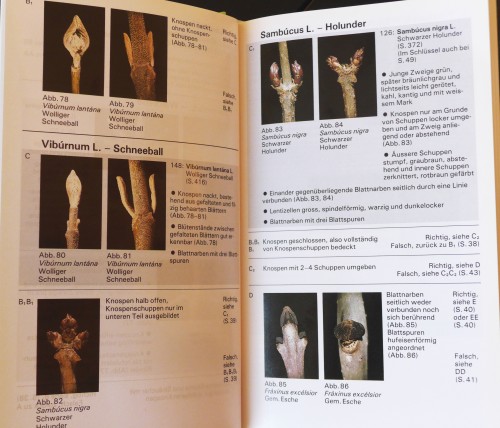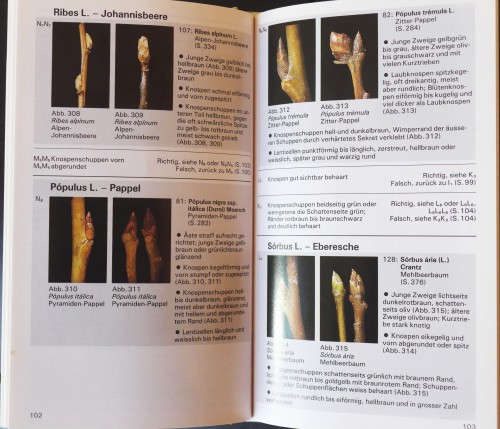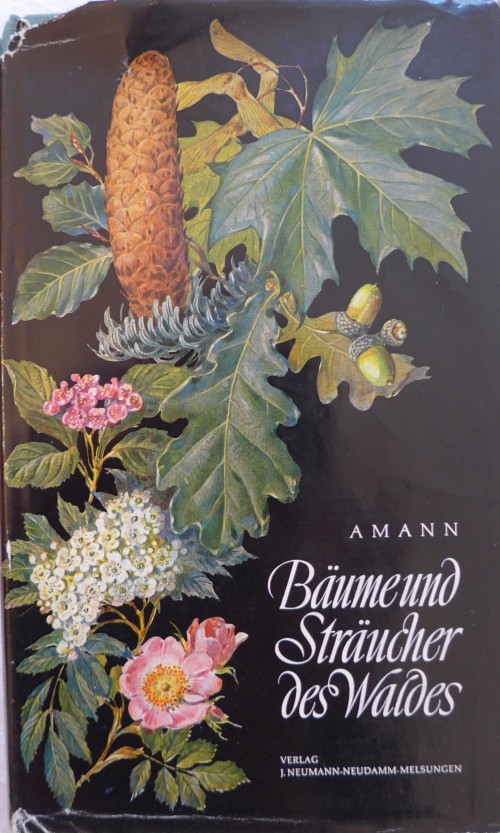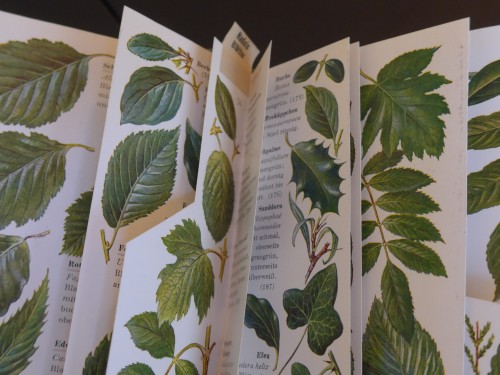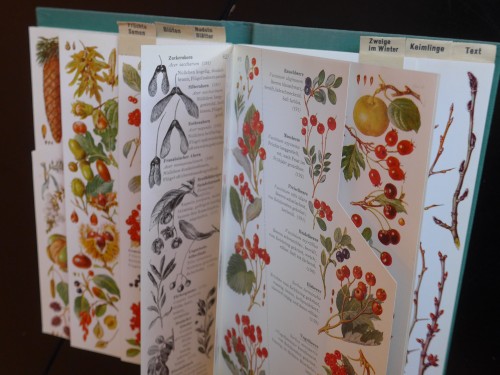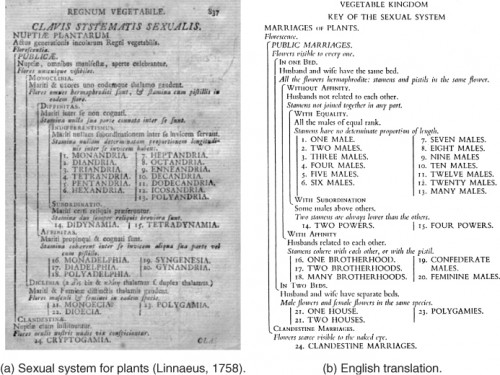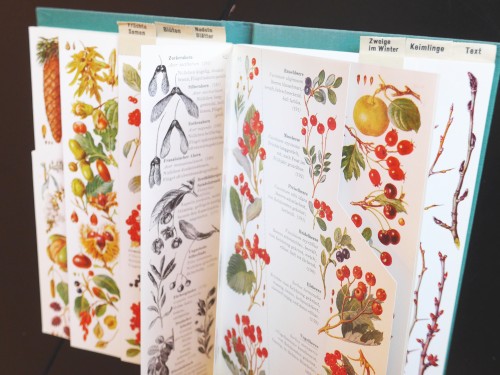
One symptom of our society’s decreasing connection with nature is that hardly anyone knows the names of plants any more. Until a few decades ago, significant portions of the population knew their local flora because people spent more time outside and had more contact with the natural world, and the subject was taught in schools. Today, plant identification and local flora have not only all but disappeared from schools but even from universities – even from botany departments. I have Masters in botany and a Ph.D. in ecology and received barely any training at all in field skills – it was pretty much all lab science. Birding is still widely popular of course, and is even attracting a newer, younger, urban generation of enthusiasts. But plant identification is having no such resurgence.
Plant identification is hard. There are 40 times more species of plants than birds in the world so the pool to be narrowed down is much larger. You’d think plants would be easier to identify than birds because they don’t move and you can get as close as you want to them, for as long as you want. Sadly, that’s not much help.
This post is about how botanists have tried to make plant identification easier and in the process created small masterpieces of information design.
There are three reasons why plant identification is daunting. The first is that the distinguishing characteristics of plants are often miniscule and require patience and sometimes a magnifying glass to detect.
The second is that most plants must be in bloom in order to be identified. Few plants can be identified on the basis of their leaves alone, or other traits such as tree bark. This drastically restricts the time of year when it’s possible to identify plants. Flowers that only grow high up on trees present further problems. However, once you’re familiar with the local flora, you can indeed in many cases identify plants on the basis of leaves alone. But this only works if you’ve already gotten to know their flowers in the past. There just isn’t really any way to start with the leaves except in a few cases.
The third challenge is that one must either learn the species gradually over a long time – years – from knowledgeable mentors or else us an identification handbook, and this is where we lose a lot of potential nature-lovers. Identifying plants with a guidebook can be daunting to say the least in a way that bird identification isn’t. Until one has memorized hundreds of small details it requires working your way through a long flow chart of either-or questions about the plant in question, a sort of questionnaire known as a binary decision tree or in botany jargon, a dichotomous key, or just ‘key”. Dozens to hundreds of obscure botanical terms may be involved, from acaulescent to zonate. Identification can take anywhere from 5 minutes to an hour and often requires a special powerful magnifying glass, occasionally a microscope.
However, all these hurdles can be circumvented with two handy shortcuts known as vegetative keys and multi-access keys. These are the only really simple ways to identify plants but you almost never see them in your average plant guidebook.
A vegetative key allows the identification of plants when they are not blooming, using long-lived plant parts such as leaves (the “vegetative” parts, as opposed to fruit or flowers, which are reproductive) or evergreen cones (but seldom tree bark). They can still involve long grueling sequences of questions just like the flower-based keys. Multi-access keys, however dispense with the long sequences and let you hop right in with whatever traits of the plants you happen to observe, in any order. There’s no predetermined dichotomous hierarchy of questions. In practice, most vegetative keys are multi-access and vice versa.
The catch is that any one vegetative key can only cover a limited geographic area and the limited number of species that are found there – say, southern New England, or northern Texas. This means that not many vegetative keys have ever been produced because in most cases they would be simply too geographically restricted in scope to be of much use or turn a profit for a publisher, and there’s no way around that.
One ingenious and delightful multi-access key is the Tree-Sort, first published in 1961, a set of cards with holes and V-shaped notches along the perimeter, for the most common trees of the U.S. and Canada. They are the same size as the old punch cards for early computers but are not for computers at all.
Each card is for one species, or occasionally two similar species, and has descriptive text and images on the back. Each hole or notch corresponds to one of the multiple choices for traits described with text and drawings on the front such as “leaves with smooth edges, toothed or scalloped?” (three choices) or “Conifer needles in bunches of 1, 3, 5, or 12 or more?” (four choices). Every card has the same front except that at each trait, the options that correctly describe the species have notches and the non-matching options have holes.
You stack up the cards – the order is completely irrelevant – and put a skewer like a thin knitting needle through the hole for any trait you observe on the tree, gently shake the stack, and all the species cards that match your choice fall out because they will have a V-notch rather than a hole. You remove the skewer, set aside the cards that were on it – they’ve been ruled out – stack up the cards that fell out, which are the remaining candidates, and repeat using these . It all goes very quickly because the pile gets narrowed down to a handful of cards after just a couple of questions. Tree-Sort is no longer available but a version for rocks called Mineral-Sort still is.
Britain and Australia had similar sorting cards but going in the opposite direction. Their cards each represent one trait and each hole represents one species, which is the reverse of Tree-Sort, and it doesn’t involve a skewer. Unlike Tree-Sort which is for the casual user and includes only common species, these keys are suitable for specialized botanical purposes and focus on smaller areas and groups of plants.
You browse through the cards and pick out those that match traits on your plant, for example for leaf edges there might be one card for smooth edges, one for toothed edges and one for scalloped edges, and you remove the right card and set it aside. When you have several trait-matched cards, you stack them – the order makes no difference – and hold them up to the light and then whichever of the 799 numbered holes has light shining through it indicates your species, found on a separate numbered list. If there is more than one ‘illuminated’ hole, your traits match more than one species.
The first such cards were made in the 1930s; it has been reported that during World War II, over 60,000 cards for timber identification were prepared for use in New Guinea and the islands to the north. In the 1950s, the Australian Forestry and Timber Bureau produced this card key – in the Tree-Sort mode, one card per species with questions around the perimeter – for Eucalyptus and its relatives, of which Australia has 900 varieties.
A few botanists have made plant identification easier by means of visual enhancements to the traditional dichotomous keys rather than avoiding them altogether. Anecdotally there seems to be more of these visual keys in Germany than the U.S. although I can’t claim to have made exhaustive national inventories.
This condensed key to conifers combines the questions and illustrations on one page and in doing so accelerates the learning process immeasurably. Dozens of comparisons can be made on a single page that would take painstaking scrutiny back and forth through many pages in ordinary guides. It only covers a limited number of the most common species.
This 1978 guide, revised 1983, is conceptually similar but more thorough. The keys take the form of illustrated tables which are spread across several pages but still allow much clearer, faster and more vivid comparisons than standard text-only keys.
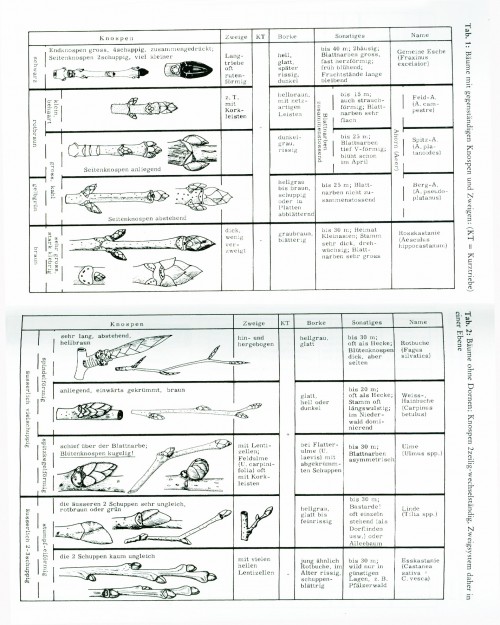
This outstanding key to bud and twig identification – a brutally tedious but unavoidable task in wintertime – has a masterful, rarely-encountered integration of image and text and an ingenious, simple multiple-choice question system (which I won’t get into).
It would be remiss to neglect a treasure of book design from Germany that is visually exquisite and a paragon of information design, although it is mainly for casual nature fans since it doesn’t include many species. This is a guide from 1965 with an absolutely unique arrangement of differently-sized and -shaped pages strategically laid out to enable comparisons at a single glance among easily confused leaves, flowers, fruits, and buds. Tabs made of stiffened cloth along the top allow for instant access to chapters. It is no accident that a website in Japan, the unchallenged source of the world’s best information design and attention to detail, painstakingly documents the book.
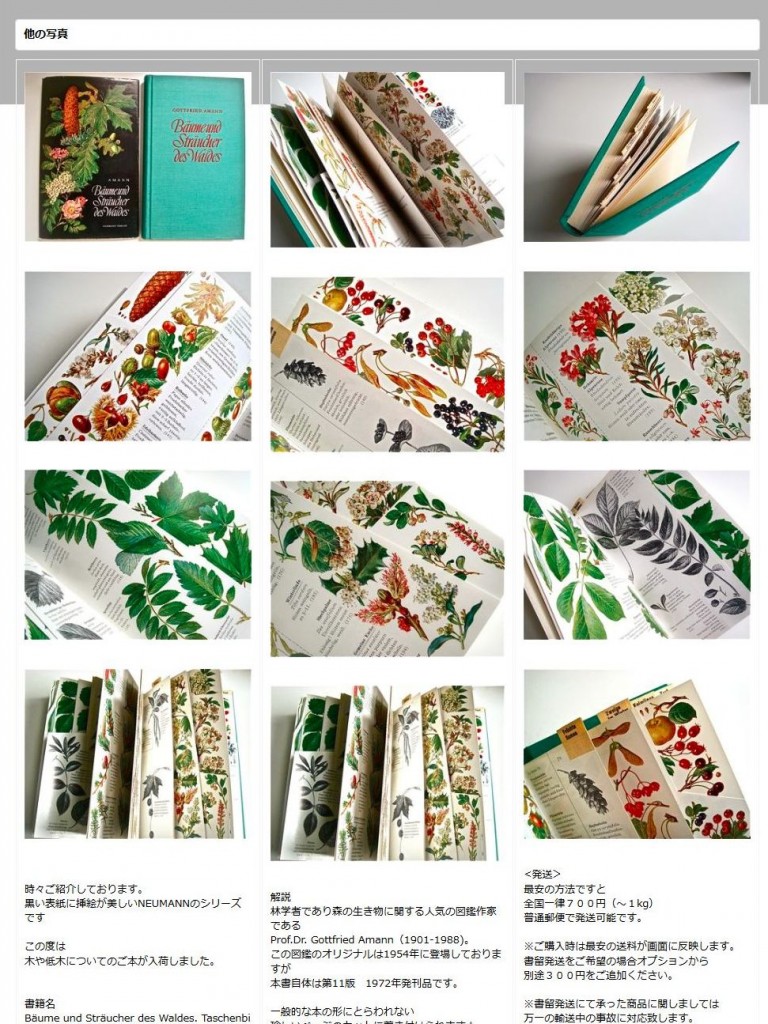
Finally, to digress, a humorous but scientifically valid and in fact world-changing dichotomous key from the 18th century, from the inventor of plant and animal naming and classification as we know it, the Swede Carl Linnaeus (a.k.a. Carolus Linnæus or Carl von Linné). He was first to recognize that it makes sense from biological, evolutionary, and practical standpoints to classify plants based on their reproductive floral parts such as pistils (female parts that become the fruit and seed) and stamens (male parts that make the pollen).
Because these parts take on a multitude of different configurations in different species, Linnaeus classified them in his groundbreaking Systema Naturae (c. 1740) using analogies to women (pistils etc.) and men (stamens) in marriages. He used terms such as husband, wife, the house where they live, the bed they use, and their sisters and brothers as stand-ins for various actual parts and structures of plants. His terminology accurately and literally described the actual morphology of different plant species. So for example when he refers to a woman who has nine husbands and they all share the same bed, this is in fact a perfectly accurate one-to-one description of the morphological features of certain plant species.
Today, the colorful analogies are no longer used but the underlying system still is, apart from some refinements due to scientific advancements since Linnaeus’ time. His observations of plant reproductive functioning are largely still valid.
Thanks go to the Berlin-Brandenburg Botanical Society at one of whose botany walks I discovered some of the German resources.
